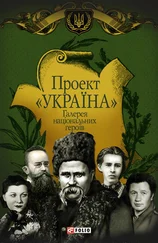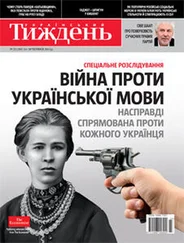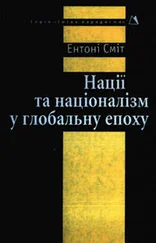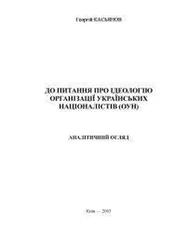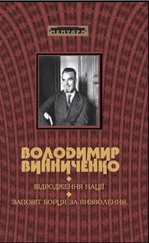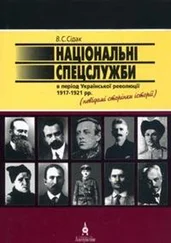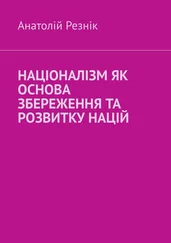Kuzio, Taras, ‘The Rise and Fall of the Party of Regions Political Machine’, Problems of Post-Communism , vol. 62, no. 3 (May-June 2015), pp. 174–186.
Moser, Michael, Language Policy and the Discourse on Languages in Ukraine under President Viktor Yanukovych (25 February 2010 – 28 October 2012) (Stuttgart: Ibidem Press, 2013).
Osipian, Ararat L. and Osipian, Alexandr L., ‘Why Donbas Votes for Yanukovych: Confronting the Ukrainian Orange Revolution’, Demokratizatsiya, vol. 14, no. 4 (Fall 2006), pp. 495–517.
Osipian, Ararat L. and Osipian, Alexandr L., ‘Regional Diversity and Divided Memories in Ukraine: Contested Past as Electoral Resource, 2004–2010’, East European Politics and Societies , vol. 26, no. 3 (August 2012), pp. 616–642.
Osipian, Alexandr, ‘Historical Myths, Enemy Images, and Regional Identity in the Donbass Insurgency (Spring 2014)’, Journal of Soviet and Post-Soviet Politics and Society , vol. 1, no. 1 (2015), pp. 109–140.
Vladimir Peshkov, ‘The Donbas: Back in the USSR’, European Council on Foreign Relations, 1 September 2016.
Portnov, Andriy, ‘The Heart of Ukraine: Dnipropetrovsk and the Ukrainian Revolution’, in Andrew Wilson, ed., What Does Ukraine Think ? (London: European Council on Foreign Relations, 2015), pp. 62–71.
Rodgers, Peter, Nation, Region and History in Post-Communist Transitions: Identity Politics in Ukraine, 1991–2006 (Stuttgart: Ibidem Press, 2008).
Shukan, Ioulia, ‘Intentional Disruptions and Violence in Ukraine’s Supreme Rada: Political Competition, Order, and Disorder in a Post-Soviet Chamber, 2006–2012’, Post-Soviet Affairs , vol. 29, no. 5 (September 2013), pp. 439–456.
Smith, Graham and Wilson, Andrew, ‘Rethinking Russia’s Post-Soviet Diaspora: The Potential for Political Mobilisation in Eastern Ukraine and North-East Estonia’, Europe-Asia Studies , vol. 49, no. 5 (July 1997), pp. 845–864.
Swain, Adam, ed., Re-Constructing the Post-Soviet Industrial Region: The Donbas in Transition (London: Routledge 2007).
Vyshniak, Olexander, ‘The Maidan and Post-Maidan Ukraine: Public Attitudes in Regional Dimension’, in Viktor Stepanenko and Yaroslav Pylynskyi, eds., Ukraine after the Euromaidan: Challenges and Hopes (Bern: Peter Lang, 2015), pp. 171–180.
Wilson, Andrew, ‘The Donbas between Ukraine and Russia: The Use of History in Political Disputes’, Journal of Contemporary History , vol. 30, no. 2 (April 1995), pp. 265–289.
Wilson, Andrew, ‘The Donbas in 2014: Explaining Civil Conflict Perhaps, but Not Civil War’, Europe-Asia Studies , vol. 68, no. 4 (June 2016), pp. 631–652.
Zakem, Vera, Saunders, Paul and Antoun, Daniel, Mobilizing Compatriots: Russia’s Strategy, Tactics, and Influence in the Former Soviet Union (Arlington, VA: CAN, 2015).
Zakharchenko, Tanya, ‘East Ukraine beyond Pro and Anti: Monochrome Prefixes and Their Discontents’, in Andrew Wilson, ed., What Does Ukraine Think ? (London: European Council on Foreign Relations, 2015), pp. 53–61.
Фронтир (від англ. frontier — порубіжжя) — термін історичної науки, запроваджений американським ученим Фредериком Тернером; здебільшого позначає зону інтенсивної взаємодії різних культур на малозаселеній пограничній території, мешканці якої поступово формують інституційний лад. — Прим. пер.
Гіроакі Куромія, Свобода і терор у Донбасі: Українсько-російське прикордоння, 1870–1990-і роки (Київ: Основи, 2002): 18.
Куромія, Свобода і терор у Донбасі : 478.
Andras Racz and Arkady Moshes, Not Another Transnistria: How Sustainable Is Separatism in Eastern Ukraine ? (Helsinki: Finnish Institute for International Affairs, 2014).
Michael Vickery. ‘Ukraine’s Other Russians: Meet the Russians Fighting for Ukraine’, Al Jazeera, 25 September 2015.
Paul D’Anieri. ‘Ethnic Tensions and State Strategies: Understanding the Survival of the Ukrainian State’, Journal of Communist Studies and Transition Politics , vol. 23, no. 1 (March 2007): 20.
Bruce Strokes. ‘Russia, Putin Held in Low Regard around the World’, Pew Research Center, 5 June 2015.
Hiroaki Kuromiya. ‘Political Leadership and Ukrainian Nationalism, 1938–1989: The Burden of History’, Problems of Post-Communism , vol. 52, no. 1 (January-February 2005): 42–43.
‘Fascism: Russian Media’s Favourite Label’, RFERL, 6 October 2016.
Richard Sakwa, Frontline Ukraine: Crisis on the Borderlands (London: Tauris, 2016): 257.
Sakwa, Frontline Ukraine : 14.
Йдеться про Львівську, Тернопільську та Івано-Франківську області, які утворюють історичний регіон Галичини, де більшість віруючих належить до Греко-католицької церкви. У решті західноукраїнських земель (Волинській, Рівненській, Чернівецькій та Закарпатській областях переважають послідовники православ’я. — Прим. пер.
Центр Разумкова. ‘Ідентичність громадян України в нових умовах: стан, тенденції, регіональні особливості’, Національна безпека і оборона, № 3–4 (2016): 57.
Катерина Шаповал. ‘Протестанти з Донбасу: Протестанти виявилися однією з найбільш патріотичних соціальних груп на охопленому війною сході країни’, Новое время, 23 березня 2016.
Paul S. Pirie. ‘National Identity and Politics in Southern and Eastern Ukraine’, Europe-Asia Studies , vol. 48, no. 7 (November 1996): 1088–89; Andrew Wilson. ‘The Donbas in 2014: Explaining Civil Conflict Perhaps, but Not Civil War’, Europe-Asia Studies , vol. 68, no. 4 (June 2015): 637, 641.
Shaun Walker. ‘Russia’s “Valiant Hero” in Ukraine Turns His Fire on Vladimir Putin, The Guardian, 5 June 2016.
Orysia Lutsevych, Agents of the Russian World: Proxy Groups in the Contested Neighbourhood (London: Chatham House, 2016).
Wilson. ‘Donbas in 2014’: 631–52.
Nikolay Mitrokhin. ‘Infiltration, Instruction, Invasion: Russia’s War in the Donbass’, Journal of Soviet and Post-Soviet Politics and Society , vol. 1, no. 1 (2015): 219–49.
Цей розділ базується на вступі до англомовного видання цієї книжки, що вийшло 2017 року, а також на розділі 5 книжки Taras Kuzio and Paul D’Anieri, The Sources of Russia’s Great Power Politics: Ukraine and the Challenge to the European Order (Bristol: E-International Relations, 2018).
Читать дальше

